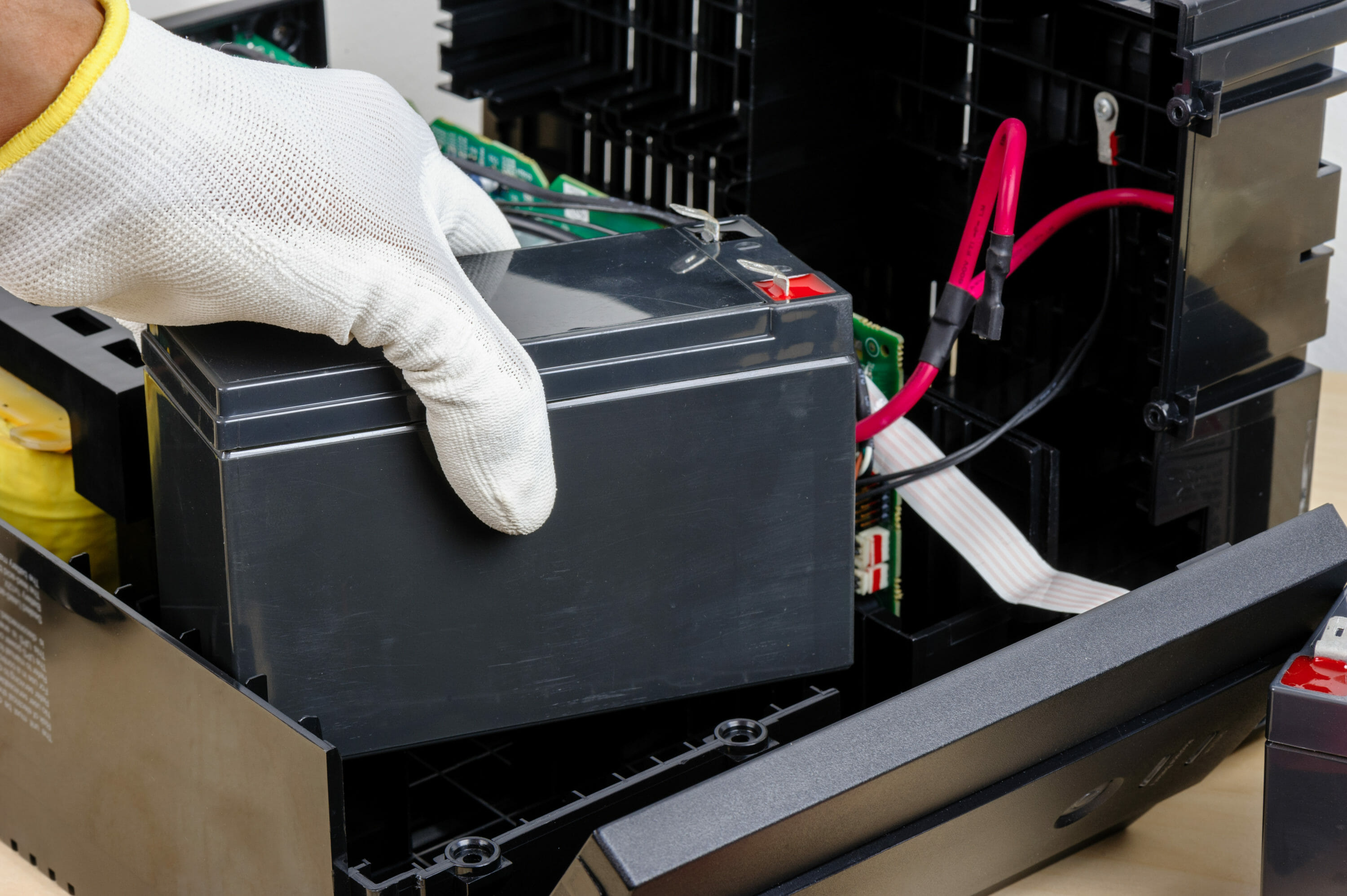
Prevent Downtime: Top 5 UPS Battery Failure Causes
Battery failure is the leading culprit behind the majority of UPS problems. But don’t worry, you don’t have to fall victim to their vulnerability to premature battery failure. We will discuss the five leading causes of premature battery failure and how to prevent it.
UPS batteries are electrochemical devices that slowly lose their ability to store and deliver power. No matter how well you maintain, store, and use your batteries, they will eventually need to be replaced when they reach the end of their battery life.
Generally, the battery life of a standard Valve Regulated Lead Acid (VRLA) is three to five years. However, there are countless environmental, chemical, and user-related factors that can significantly affect a battery’s life. These are common mistakes that you should avoid to extend the life of your UPS battery.
Premature Battery Failure: Causes and Prevention
Eventually, a battery will reach the end of its service life. However, you can maximize its battery life by avoiding these leading causes of premature battery failure.
Improper Storage of Unused Batteries
Even unused batteries begin to lose battery life. This is because lead-acid batteries automatically lose small amounts of energy over time.
To extend a battery’s storage life, we recommend you charge it every three to four months of storage. Otherwise, you could see a permanent loss of storage capacity in as little as six months. Storing your battery at a temperature of 50°F (10°C) or less can also help extend an unused battery’s life.
High Ambient Temperature
The rated capacity of every battery is based on an ambient temperature of 77°F (25°C). Any variation, but especially increased temperature, can affect battery performance and lifetime. As a general rule, for every 15°F above the recommended ambient temperature, the expected life of the battery is reduced by 50 percent. Routine maintenance checks can help detect thermal hotspots and verify proper ventilation.
Over-cycling
After a UPS operates on battery power during a power failure, the battery recharges for future use, an event called the discharge cycle. When a battery is installed, it is at 100 percent of its rated energy capacity. However, each discharge and subsequent recharge slightly reduces the capacity of the battery.
Improper Float Voltage
Every battery manufacturer will specify the charging voltage ranges for their own cell design. If a battery is consistently charged outside of these parameters, it can cause significant damage.
Undercharging or low voltage can cause sulfate crystals to form on the battery plates. These crystals will eventually harden and reduce the available capacity of the battery over time.
Overcharging with a float voltage that is too high can cause excessive hydrogen and oxygen gases and can lead to internal dryout that, once accelerated, can cause thermal runaway – resulting in failure or even fire and explosion.
Incorrect Battery Application
UPS batteries are made specifically for UPSs, just as other batteries are made specifically for their respective appliances. UPS batteries are built to deliver extremely high rates of energy for a short time, generally up to 15 minutes.
Using a UPS battery for a telecom application, for instance, can force the battery to run for much longer than its intended purpose. This could cause the battery’s plates to overheat and fail. It’s a cautionary tale that underscores the importance of using batteries for their intended applications.
The most common failure mode of a VRLA Battery is an open circuit, most often caused by cell dryout. UPS systems typically have a SERIES connected battery system to provide a high current to the UPS System DC Bus. If one cell in a string opens, it will break the current in the entire string. In short, just one failed battery cell can bring down your entire infrastructure.
How Regular UPS Maintenance Checks Ensure Reliability and Prevent Battery Failures
Preventative battery maintenance includes: visual inspection, battery voltage testing, thermal image scans to test for hot or abnormal conditions, and retesting the torque on the battery terminal connections. If test diagnostics show any irregularities, we can determine how critical the situation is and if it makes sense to replace the batteries.
Regular battery service and maintenance are critical to ensure the reliability of your UPS. Preventative maintenance not only helps connections and removes corrosion, but it can also identify an unhealthy battery before it fails.
You can’t make your UPS battery last forever, but with the proper storage, care and maintenance, you can help increase its lifetime, and catch a failing battery before catastrophe strikes.Is your battery backup ready? Learn more about battery testing, maintenance, and replacement. Contact QPS today.